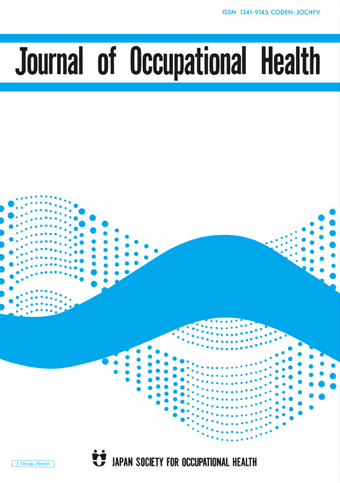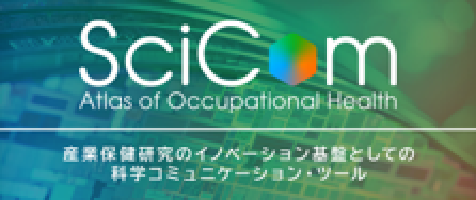A New Method Evaluates Human Exposure to a Harmful Pesticide
Many substances used in daily life could be potentially toxic for humans. One such substance is organophosphate pesticides. Widely used for industrial, agricultural, and public health applications, organophosphates (OPs) are known to be neurotoxic and have been associated with a wide range of developmental and behavioral impairments, as well as other diseases, like endocrine disorders and cancer. Therefore, measuring an individual’s exposure to these pesticides is important and necessary.
Monitoring exposure to OPs is done by analyzing urinary levels of their metabolites. While most OPs are metabolized to dialkyl phosphates, there are exceptions, like propetamphos (PPT). PPT, which is commonly used for pest control in residential, medical, commercial, industrial, and food service establishments, is metabolized to methylethylphosphoramidothioate (MEPT), which makes it difficult for the currently available biomonitoring methods to measure exposure to this OP.
Therefore, researchers from Japan have developed a method to biomonitor PPT exposure in humans using MEPT as a urinary marker. They collected urinary samples from PPT sprayers working in a pest control company the morning after they had last sprayed the pesticide, as well as from other workers of the same company (who sprayed other OPs but not PPT), and workers of a food distribution company as controls. They then performed acid hydrolysis of these samples for the deconjugation of MEPT (instead of the conventional alkaline hydrolysis process) and analyzed levels of MEPT in these samples, using gas chromatography–mass spectrometry. This is a more direct and sensitive method than that employed in a previous study conducted in the United Kingdom, and so the minimum detectable level of MEPT required in the samples in this study was less. Researchers were able to successfully detect MEPT levels as low as 10 μg/L.
This study has now established a biomonitoring method that can effectively measure exposure and metabolite levels in workers regularly exposed to PPT-containing pesticides, as well as in the general human population. This is very useful from a public, occupational, and environmental health perspective.
Link to the original journal article:
https://doi.org/10.1539/eohp.2020-0030-OA
Human biomonitoring of a urinary propetamphos metabolite using gas chromatography–mass spectrometry
Nayan Chandra Mohanto, Hirotaka Sato, Yuki Ito, Jun Ueyama, Kyoko Minato, Naoko Oya, Mio Miyake, Karin Nomasa, Masahiro Gotoh, Isao Saito, Eiji Shibata, Michihiro Kamijima
Here are some ways you can make it easier for your plain-language summary to be discovered once it has been published:
- Upload the summary on your personal, lab/research group, or university website.
- Share the published content with peers and colleagues through your personal social media accounts (Facebook, Twitter, Blogs, and LinkedIn). Link this back to the journal’s social media promotions for your paper.
- Include the link to the published post in your email signature line.
News & Announcement
-
Mar 14, 2025EOH-P has been listed on PMC/PubMed!The articles published in EOH-P have been registered with PMC/PubMed, the U.S. Nation...
-
Jun 11, 2021Lay Summary page open!Lay Summary page provides you article summaries in order of study categories. You can...
-
Oct 1, 2019EOH-P is now released!The Environmental and Occupational Health Practice (EOH-P) has been released. Please ...
Journal Info
Average 46.14 days from submission to first decision
Average 120.95 days from submission to acceptance







